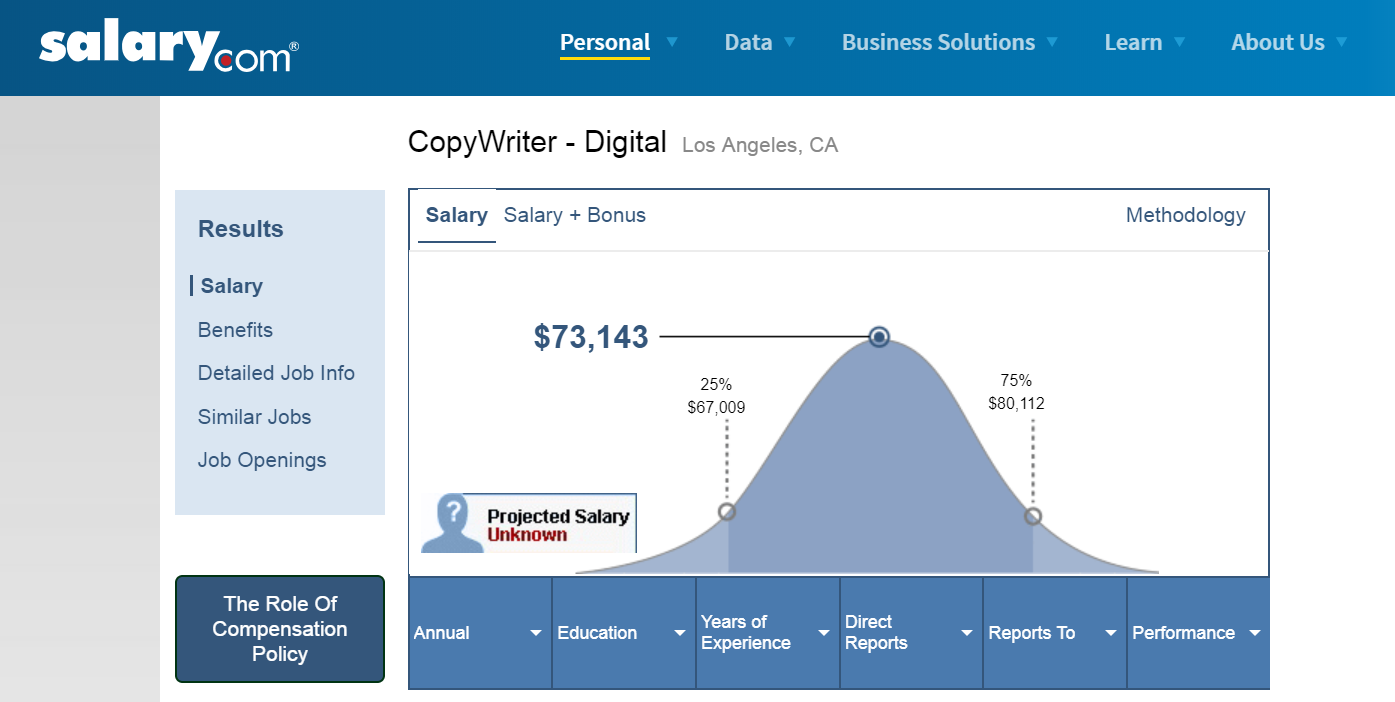When you’re first starting out with content marketing, you can usually fly solo. It’s easy for one person to write a couple blog posts or film a few Facebook Live videos for your feed.
But pretty quickly, you start to notice that scaling up your campaigns takes more time than you have available – especially if you’re adding content creation to an already-full plate. If you’re an entrepreneur, for example, content creation is only a fraction of your responsibilities. You’re also responsible for accounting, customer service, product development and everything in between.
If you’re ready to build a content marketing team, but not sure where to begin, read on. In this article, I’ll share what the content team at Single Grain looks like, how it got that way and how you can build the team that’s right for your company and its content goals.
The Content Team at Single Grain
For reference, here’s our current publishing calendar at Single Grain:
- Neil Patel and I do seven episodes of our Marketing School podcast each week
- I also do one Growth Everywhere podcast episode per week where I interview someone in the industry
- I try to publish at least four live videos each week that aren’t part of the podcast (but that have significantly increased their downloads by nearly 100%)
- We also take 5-6 new blog posts live each week on the Single Grain blog
- I add three videos to our YouTube channel weekly (outside of the live videos)
- We try to publish at least four social posts per day
Add that all up, and it’s about 43 pieces of content per week. No way could I do all of that on my own – that’s why I have a content team working behind-the-scenes to help me. Here’s what that looks like right now:
- Head of Content – We have a Head of Content on the Single Grain team who acts like a quarterback to make sure that we’re executing successfully on every piece.
- Videographer – We also work with a videographer who produces all our great videos.
- Social Media – Hannah, who was just promoted to full-time, manages our social media.
- Editor – We have an editor named Selena who’s been with our team for about six years who keeps our blog fresh and running on schedule.
- Writers – Right now, we have about four or five consistent freelance writers who have been with us for several years. We also work with individuals who contribute guest articles to the site, usually on a one-off basis.
I think it’s important to note that these aren’t all full-time positions. A few of them are, but most of the writers we work with are contractors, so it isn’t as if our content team is 7-8 full-time employees.
Dive Deeper:
Neil Patel’s Content Team
For comparison’s sake, Neil’s team looks very different than mine. In part, that’s because he publishes much less content. Currently, Neil publishes:
- The same 7 Marketing School podcast episodes I mentioned earlier
- One single blog post each week
- Three videos per week
- Two Instagram images or videos (most of which are repurposed from existing YouTube videos)
Neil’s team also creates several social posts, but he doesn’t count them since they’re mostly just links back to his blog. That’s a total of just 13 pieces compared to my 43. And it’s not that more is better. But it does influence how he’s built his team.
- Neil writes his own blog posts, but he does work with several members of his team to brainstorm ideas, as well as one who spends about 30 minutes each week editing his work before it goes live. He also doesn’t measure blog posts by words, but by how long they take him to write.
- Neil has a contractor who shoots all his videos, along with one who records and edits his podcast episodes.
- An internal employee handles the Instagram posts, but Neil reports that he doesn’t spend more than an hour each week creating the content.
Because so much of Neil’s content is created by internal team members, he considers his content team to only include the contractors who work on his videos and podcast episodes.
Building Your Content Team
Clearly, there are plenty of different ways to build a content team. Mine team is larger than Neil’s, for example, because we’re trying to be really aggressive with content right now.
While we’re testing our content sprout model, we want to get to a point where we’re hitting 40-50 pieces of content per day, just so that we can see what sticks. We’re also continuing to see website traffic growth of 20-30% month-over-month, so we want to publish enough that we’re able to maintain, or even grow, that rate.
That sounds like a lot, but even if we hit that mark, we’ll still be behind Gary Vaynerchuk, whose 20+ person team is currently producing between 80-100 pieces of content each day:

Whatever your content goal is, keep the following tips in mind as you build your content team.
1) Know What You’re Building
Before you even start thinking about building a team, take some time to figure out what you’re trying to achieve with content.
Neil, for example, wants to use content to grow his personal brand and to share his own stories. In that case, growing his team doesn’t make much sense. Content creators aren’t mind readers, so the time he’d spend telling his stories to them is time he might as well spend just writing his own content in the first place.
In my case, I’m trying to build not just my personal brand, but the brands for Single Grain and Clickflow. I have to be able to scale, because there’s no way I could handle the volume of content needed for all of these different campaigns on my own.
You might fall somewhere in between. One of the best ways to figure out what you’re trying to build is to look at your competitors. Who’s doing content really well? Whose name do you keep seeing pop up everywhere you want yours to be? You can learn a lot from what they’re doing.
If, for example, you see them publishing weekly blog posts on their sites, plus guest articles on industry websites, plus social media and more, you can pretty reasonably conclude that you’ll need to sustain a fairly high content volume as well. But if, like Neil, all you’re trying to do is build a name for yourself, you might be able to achieve the results you want with just a few pieces of content every week.
Dive Deeper:
2) Start Small
Regardless of what you’re trying to build, when you first start building your content team, you probably aren’t going to hit 80-100 pieces per day. You may not even hit 8-10 pieces per month. But it’s ok to start small.
When I first started the content marketing program at Single Grain, we literally only had one writer who was cranking out all the content for us. I would tell her, “We want to 2-3 blog articles,” and she would write them all. We didn’t even have a social media person back then.
But we slowly built from there. We started adding contractors, because we needed the flexibility, and then we decided to build out the full-time team we have today. Growing in that way required a lot of attention to collaboration workflows and culture. I love that part of building a team, but I know not everyone wants to be involved at that level.
3) Use Contractors
Speaking of contractors, one strategy that Neil and I both rely on heavily is using contractors for content creation. It’s not that we don’t have the budget for full-time workers. It’s that modern content creation requires so many different skill sets that it’s often to your advantage to find people who are specialists in each area that you can tap into as needed.
I’m in L.A., and if I wanted to hire a digital copywriter, the median salary I’d be looking at paying is nearly $75K:

Maybe that salary is fine, but if I use it to hire a copywriter, I’m not getting someone who can film and produce videos for me. Or someone who can manage podcasts. Or even someone who’s specialized in social media.
And what happens if, six months down the road, I decide that I want to shift my focus away from written content entirely? Now, I’ve got a copywriter on staff whose hours I can’t easily shift over to other marketing channels.
Could I find someone who checks multiple boxes and who can work effectively on multiple channels? Probably. But I’d much rather invest in working with people who are at the top of their game, and save my budget for full-time hires for people in logistics roles who I know will be able to support the company long-term.
Building Your Team
If you’ve never hired before – whether contractors or full-time employees – the process can feel overwhelming. After all, you’re about to place the content creation that’ll influence perceptions of your company’s brand into someone else’s hands. Of course that feels scary.
However, there are a few shortcuts I’ve found from my years of hiring that’ll help you grow your team successfully, no matter what size or scale you’re going for.
1) Start with a Single Role
Even if you want to end up with a large team, focus on getting a single role filled before moving onto the next position. For instance, say that you know blogging is going to factor heavily into your content campaigns. Start your search looking for writers. Once you have your writers set up and trained, you can expand to start looking for videographers, social media specialists and whatever other roles you need filled.
Try to take on too many searches at once and your split focus might mean that you don’t give each search the attention needed to find the right person, not just one who’s “good enough.”
2) Ask for Referrals
Good referrals cut down your recruitment process significantly. Instead of having to post a job, review candidates and then make a decision, you’re being handed someone you know will be able to get the job done for you.
As an example, Sarah Rickerd – the writer who helped me kick off Single Grain’s content marketing program – came as a referral from Neil. For whatever role you’ve decided to fill first, ask around. Your colleagues, former coworkers or any marketing groups you’re a part of may be able to help.
Dive Deeper:
3) Test Candidates
Unfortunately, it’s easy to lie in a hiring process. I’ve brought on writers whose portfolios were stellar, but whose actual work in the position wasn’t nearly as good. It’s unfortunately common for these contractors to include work samples in their portfolios that have either been heavily edited by professional editors or outright written by others.
The only way to avoid these minefields is to give contractors a paid work sample test. And yes, you have to pay them. Not only does that keep you safer according to labor laws, but failing to pay for work can earn you a bad reputation among contractors (and yes, they do talk to each other).
Trust me, it’s a lot worse to bring on a contractor that ultimately isn’t the right fit than it is to arrange an appropriate test in the first place. Once you know who you want to hire, take the time to make sure you’ve filled the position with the right person.
Launching Your Content Marketing Team
Your content marketing team might have three people or it might have 300. Whatever content looks like at your organization, put some thought into both your goals for your campaigns and the best way to meet those goals through content.
Only after you’ve identified the role content will play within your broader marketing strategies will you be able to identify and fill the positions needed to bring it to life.
